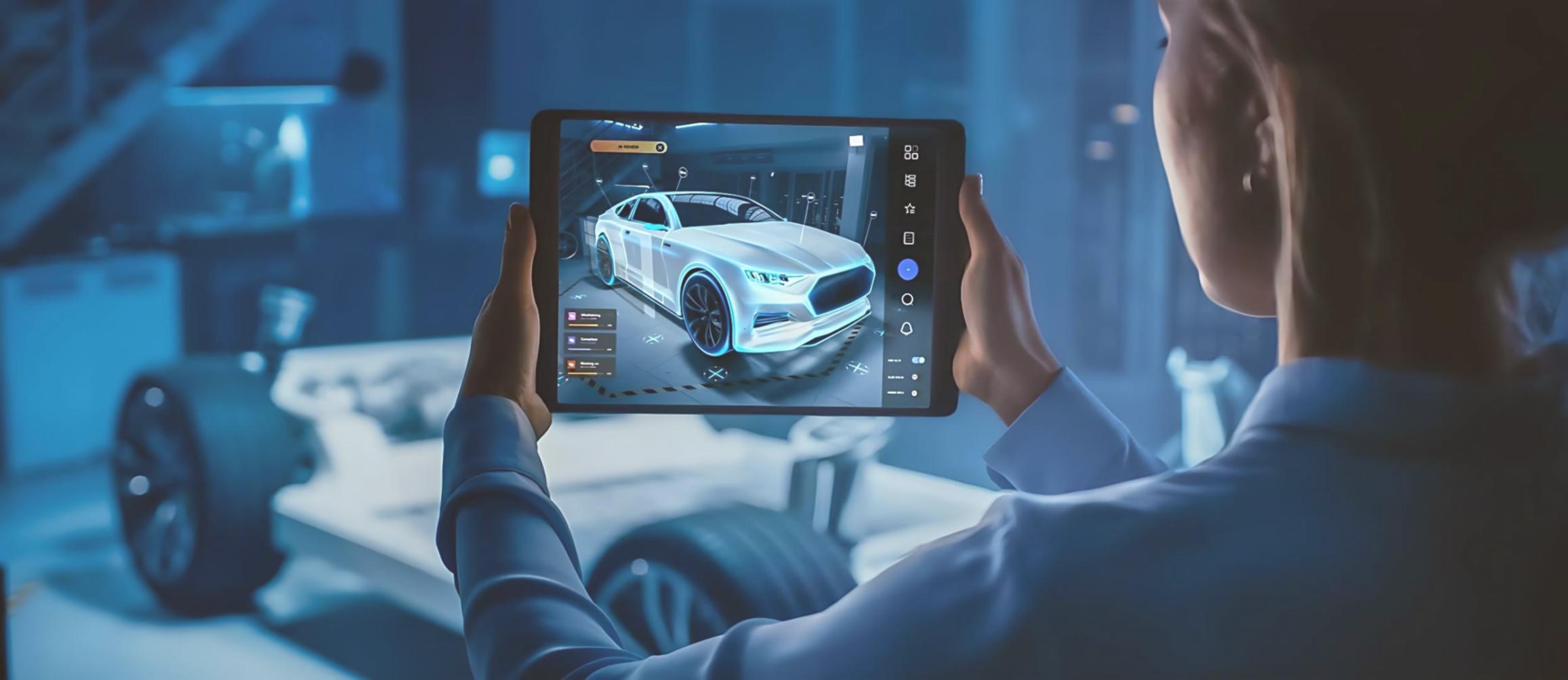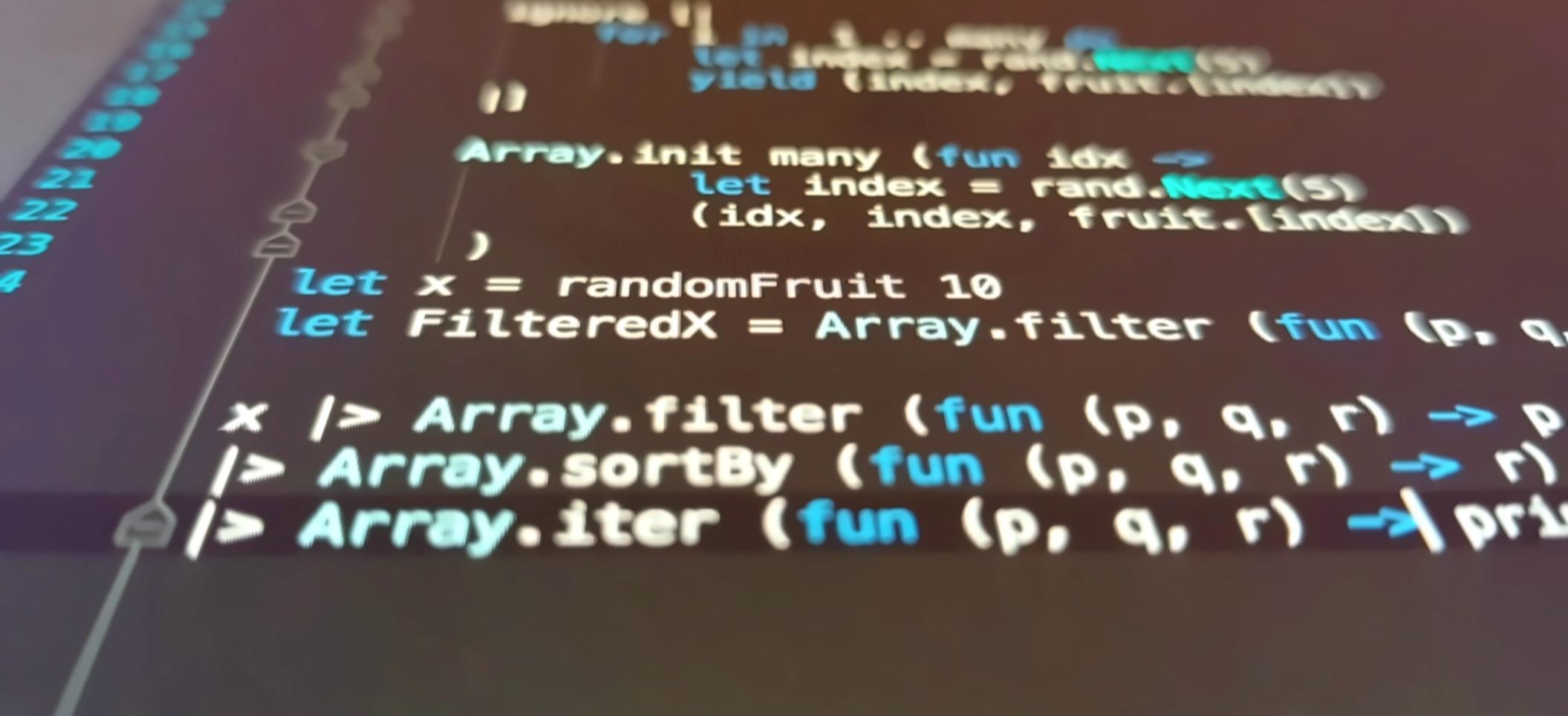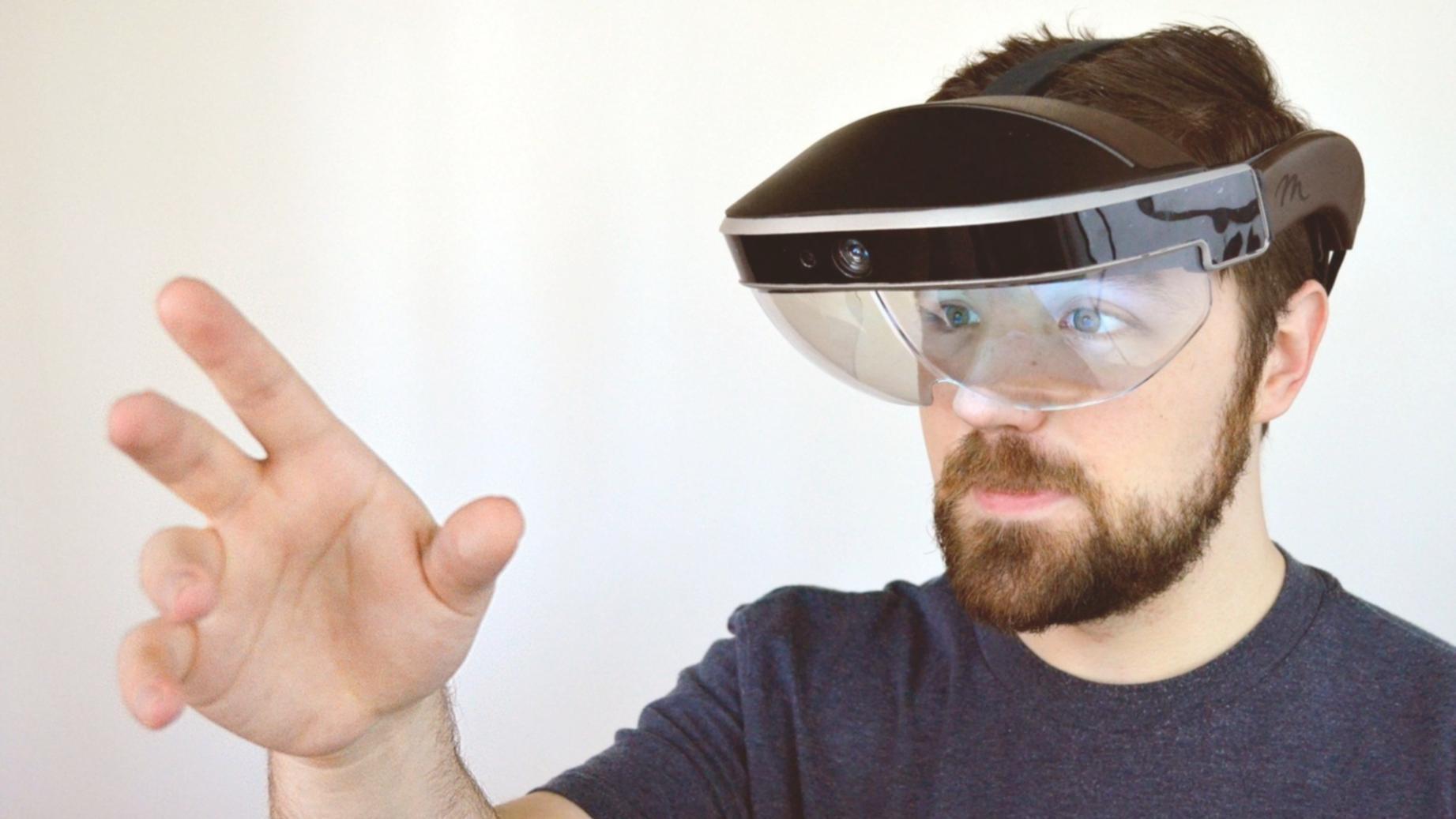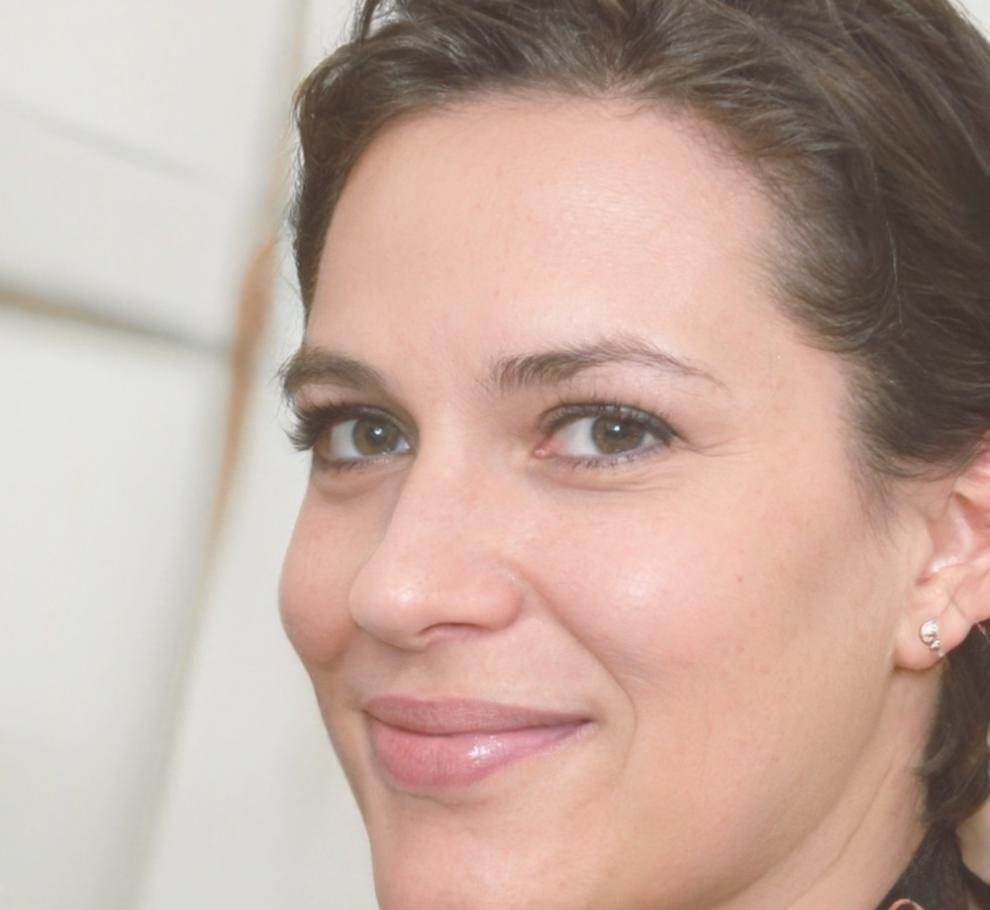From 2D Mobile to Full VR Environments
Milena spent five years making mobile puzzle games. She knew Unity inside out but had never touched VR.
The biggest challenge wasn't learning new APIs. It was unlearning habits that don't translate to spatial computing. She struggled with scale perception for weeks before it clicked.
Now she's building architectural visualization tools for a Belgrade studio. The skills transferred but the mindset had to change completely.




